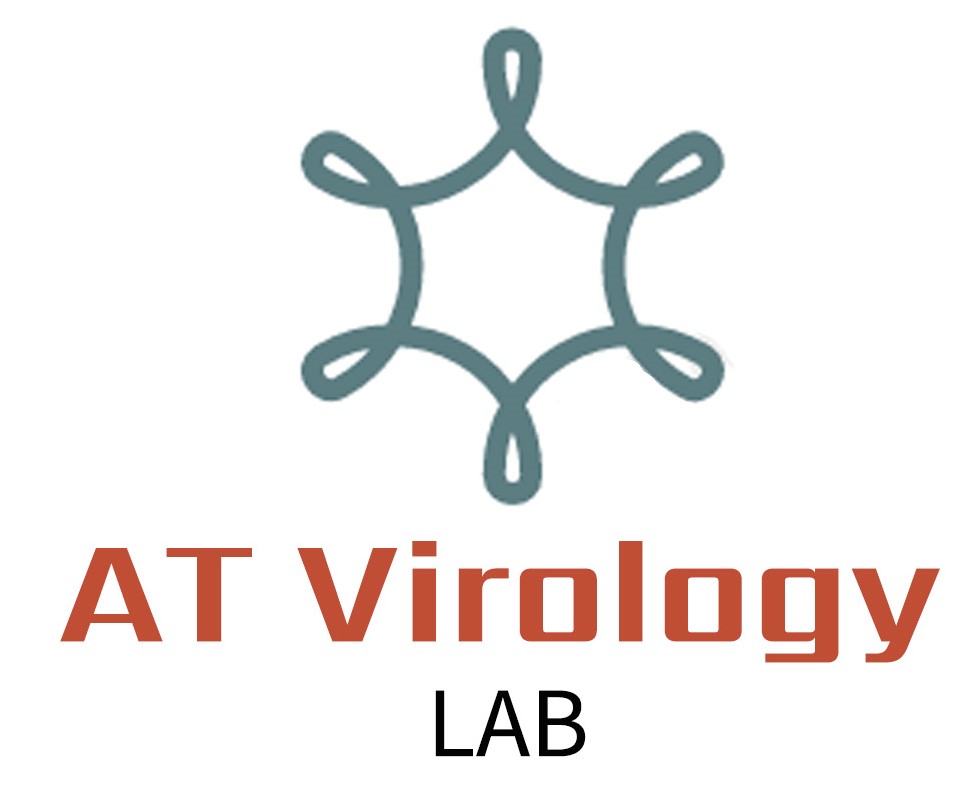Huang, Yu-Ching, Sheng-Fan Wang, Bo-Cheng Chen, Zih-Syuan Yang, Meng-Chi Li, Xun-Ying Wu, Meng-Jey Youh, et al. 2024. “Towards Cost-Effective and Lightweight Surface Plasmon Resonance Biosensing for H5N1 Avian Influenza Virus Detection: Integration of Novel Near-Infrared Organic Photodetectors”. Sensors and Actuators B: Chemical 400: 134898.
Abstract
H5N1 avian influenza virus (AIV) persists in causing highly fatal human infections, demanding rapid and accurate diagnostic assessment. In this study, we introduce an intensity-based SPR sensor utilizing NIR wavelength excitation in tandem with a specifically engineered NIR-OPD. The active layer of the OPD consists of a PTB7-Th and COTIC-4 F blend, offering an optimized response for a 980 nm excitation wavelength. Key performance metrics of this OPD include a low Jd of 0.185 nA/cm2, a high responsivity of 0.35 A/W, an EQE of 44.74%, and an exceptional detectivity of 4.59 × 1013 Jones at 980 nm wavelength under zero bias. It also exhibits a wide LDR of 113 dB. The integration of such OPDs into our SPR sensor provides advantages in compactness and cost-effectiveness. Employing this sensor, we detected the H5N1 AIV using a custom high-affinity polyclonal antibody against HA envelope of the H5N1 virus, completing analyses of culture medium samples within 12 min. The detection limit of this biosensor for the H5N1 AIV in PBS-diluted culture medium is approximately 4.3 × 104 copies/mL. When compared to a commercial H5-Ag lateral flow test kit, our biosensor showed a sensitivity 37 times higher. Key attributes of our biosensor include 3D printing technology for easy alignment of optical components and a rapid, simplified detection procedure. Collectively, our findings open up the potential of our SPR biosensor as an efficient tool for detecting H5N1 AIV, promising advancements in on-site detection methodologies.
Last updated on 04/23/2024
